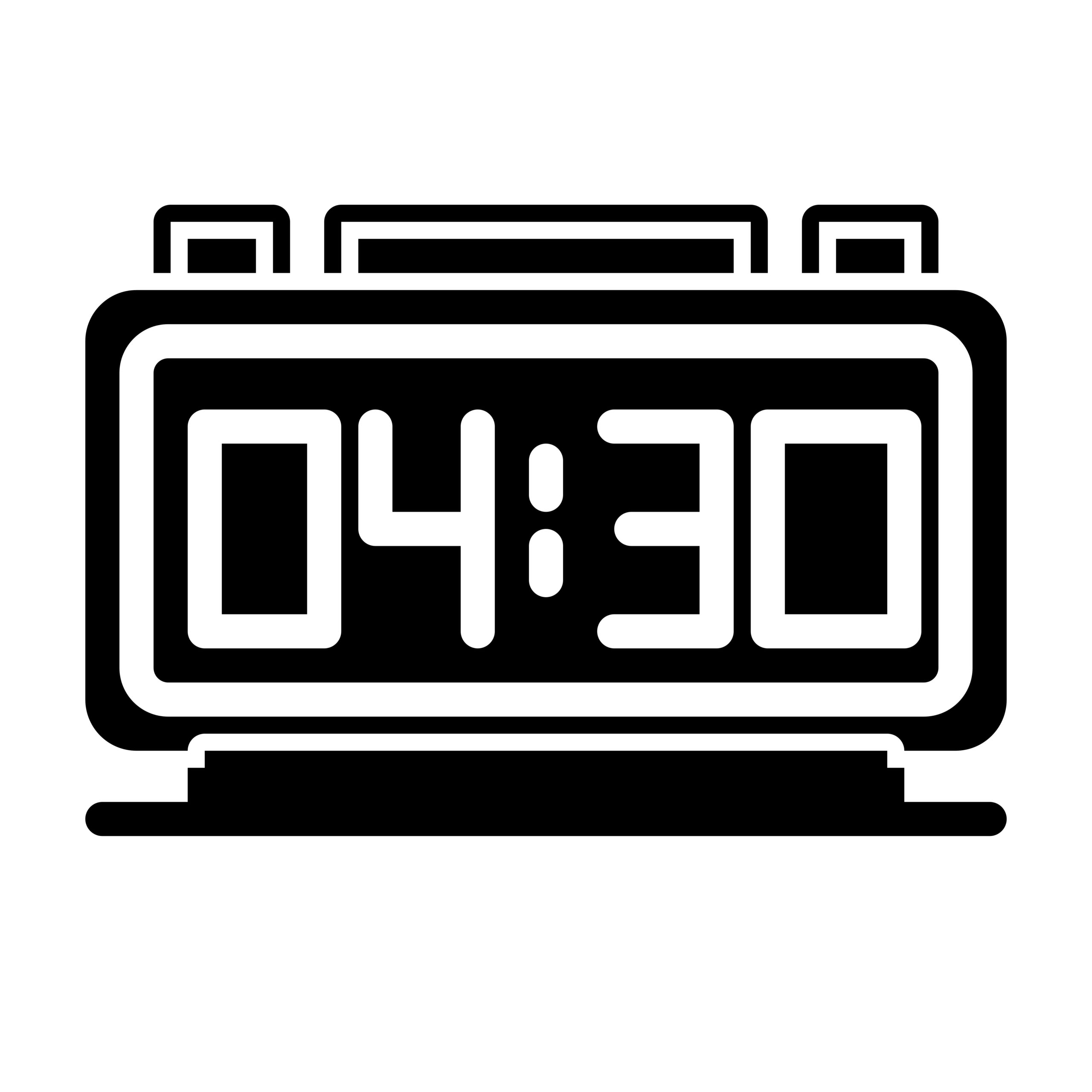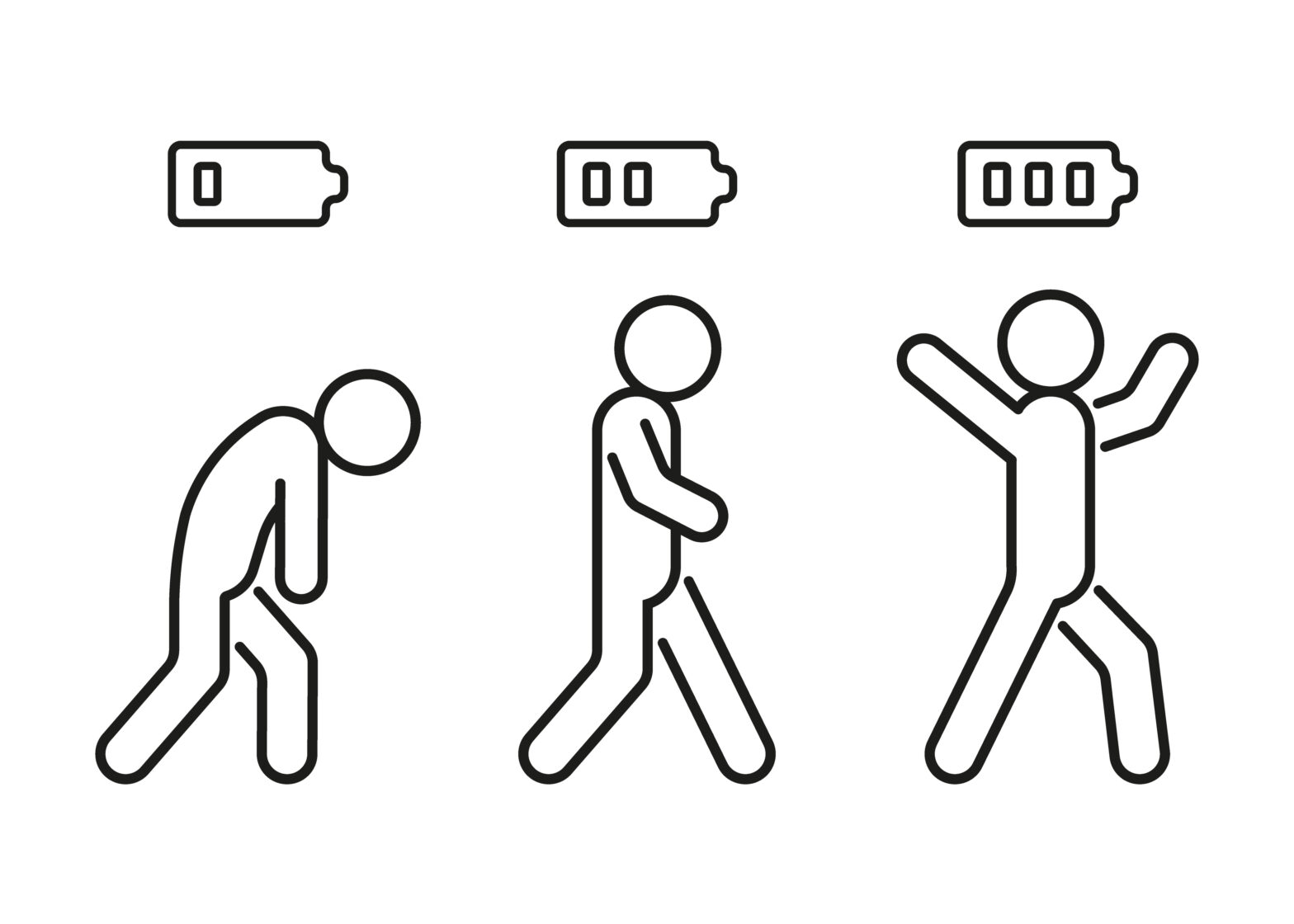Getting “Ripped”: Tone or Bulk?

“I want to get ripped.”
Put that request into Google and you’ll get about a quarter of a billion results in less than ½ a second.
If seeing more muscle and less fat in the mirror is one of your New Year’s resolutions, your efforts in the weight room are only one piece of the puzzle, but they’re an important one.
So, if you want to get ripped from lifting weights, isn’t it “high reps/light weight” for muscle tone and “low reps/ heavy weight” for muscle bulk?
Any form or resistance training will help you improve your strength, bone density, and health.
If you’re currently training and you like the results you’re getting, keep doing what you’re doing.
But…
If you have a laser-focused goal of how you want your body to look, it helps to get more laser- focused with your training.
Despite the “tone vs. bulk” debate, nearly everyone understands that you probably need more muscle than you already have in order to be “ripped”.
The scientific word for “more muscle” is “muscle hypertrophy”.
Two of the most important training factors that impact muscle hypertrophy are training intensity (how hard you’re training) and training volume (how much you’re training).
Training volume is a math equation that multiplies the number of sets you’re doing, by the number of repetitions you’re doing, by the amount of weight you’re using.
For example, if you did a bench press at 100 pounds, for 10 repetitions, for 3 sets your training volume would be: 100 X 10 x 3 = 3,000 pounds of training volume for that exercise.
You would ad this up for every exercise in your training session.
Over a year, you can add up volume by the day, week, month, etc. and that number tells you how much muscle- building work you’re doing.
Assuming recovery (sleep, nutrition, etc.) is in tact, increasing training volume is one of the most significant things you can do to increase the amount of muscle you have.
Training intensity is a measure of how hard you’re working.
In general, it’s a reflection of the amount of weight you lift for a particular exercise.
If you increase the weight you lift while doing an exercise (increase intensity), you’ll most likely be able to do fewer repetitions (decrease in volume).
Heavy weight for a lower number of repetitions requires your brain and body to go “all in”, so this type of training is usually considered higher intensity.
I’m sure you’re thinking “But fewer repetitions decrease your training volume, which would decrease the amount of muscle you create, right?”
That’s true, but…
Decreasing the number of repetitions to allow for more weight can dramatically increase your strength.
The stronger you get, the more repetitions you can do with more weight. Over time, this helps increase your training volume.
Using the 100-pound bench press example:
Let’s say you can do 100 pounds for 10 repetitions, but can only do 110 pounds for 6 repetitions.
To avoid dropping your volume too much, you add another set, so instead of 3 sets, you do 4. You do the heavier weight for 4 weeks.
For 4 weeks, your volume drops to:
110 X 6 X 4 = 2,640 pounds for your bench press.
But now, your brain and body are used to pushing the heavier weight.
Now you can do 100 pounds for 12 repetitions, or 105 pounds for 10 repetitions.
Muscles grow, fat shrinks.
If you find yourself doing the same amount of weight for the same number of repetitions month after month, you’re still getting “fit”, but you’re not really pushing your muscles to grow.
Over time, you’re making it harder to get ripped.
Without having times throughout the year where you are willing to lower your repetitions and increase your rest time in order to lift heavier weight, it gets harder to increase your training volume over time.
You can keep increasing the number of repetitions and sets you do, but all those sets and reps take a lot of time.
You probably don’t have a lot of time.
You also get bored.
25 repetitions of anything sucks.
It works the other way as well.
If you’re someone who loves lifting heavy weights at lower repetition ranges, you’d see some body changes if you were willing to increase the number of repetitions you do while decreasing the weight and cutting your rest time between sets of an exercise.
To reap the benefits from “high repetition” AND “low repetition” training:
-
Take 12 weeks out of the year where you’re focused on getting as strong as you can with lifts like pull ups, squats, deadlifts, and other multi-joint exercises. Take the normal number of repetitions you would do for an exercise and decrease it by 4 or 5 over the course of 2 or 3 weeks while you slowly increase the weight you’re lifting.
Give yourself more rest time than you would usually take.
If you’re really serious about getting ripped for summer, I’d recommend doing this in January, February, and March.
-
Take 12 weeks out of the year where you’re focused on maximizing your overall training volume, keeping your repetitions slightly more than 10 for your multi-joint exercises (15 max).
Give yourself less rest time than you would usually take.
If you’re serious about getting ripped for summer, I’d recommend doing this April, May, and June.
The rest of the year, have fun and try new things with your training.
If changing your body is a high priority, share this plan with a pro and have them write you a program.
It’s time, money, and energy well spent.


